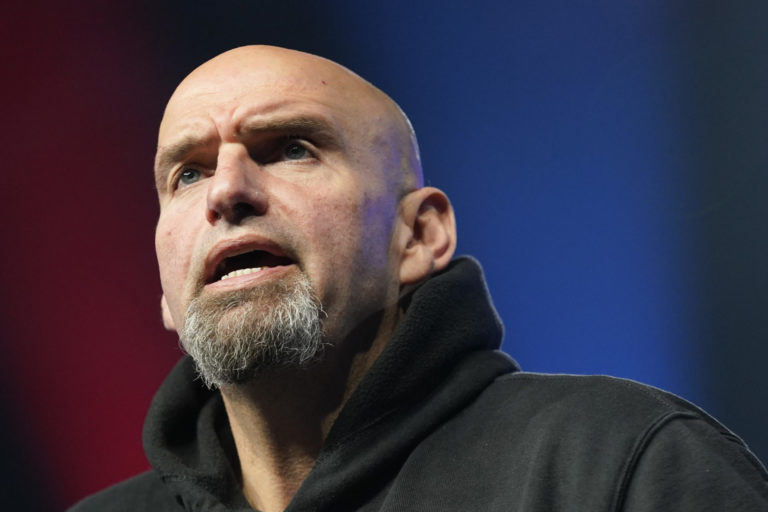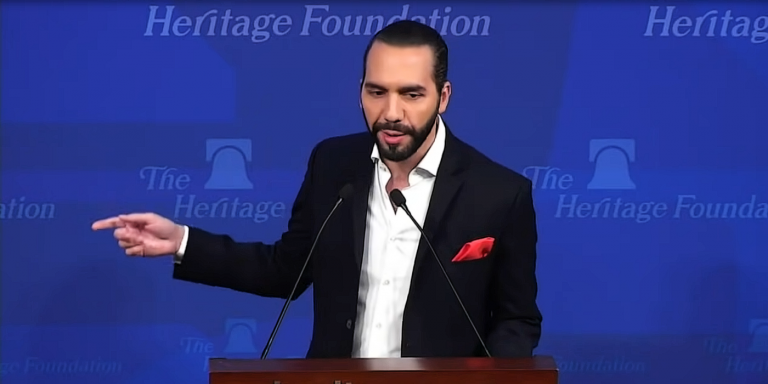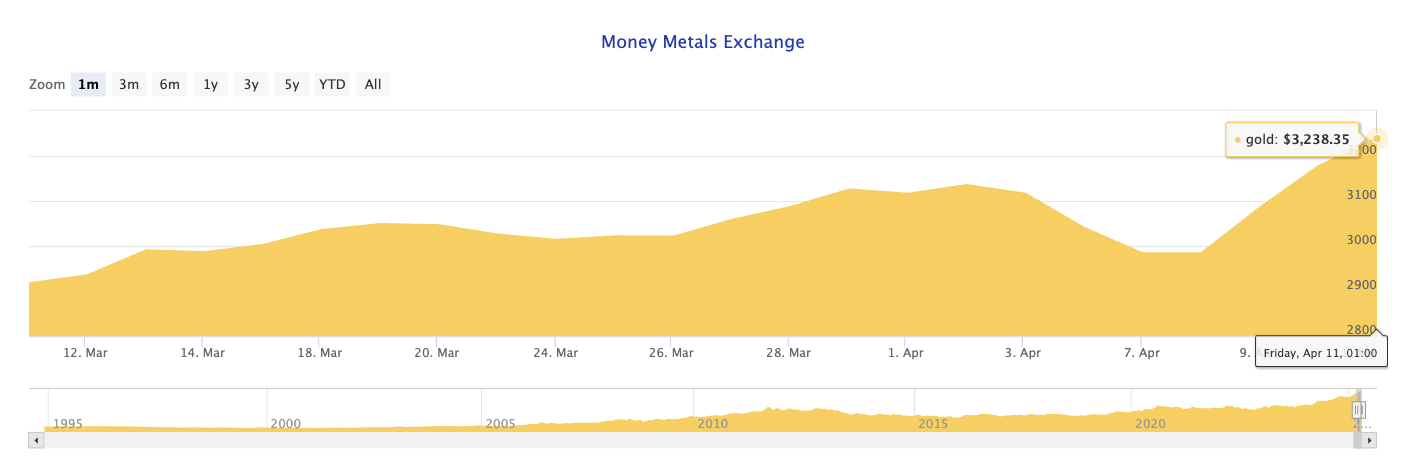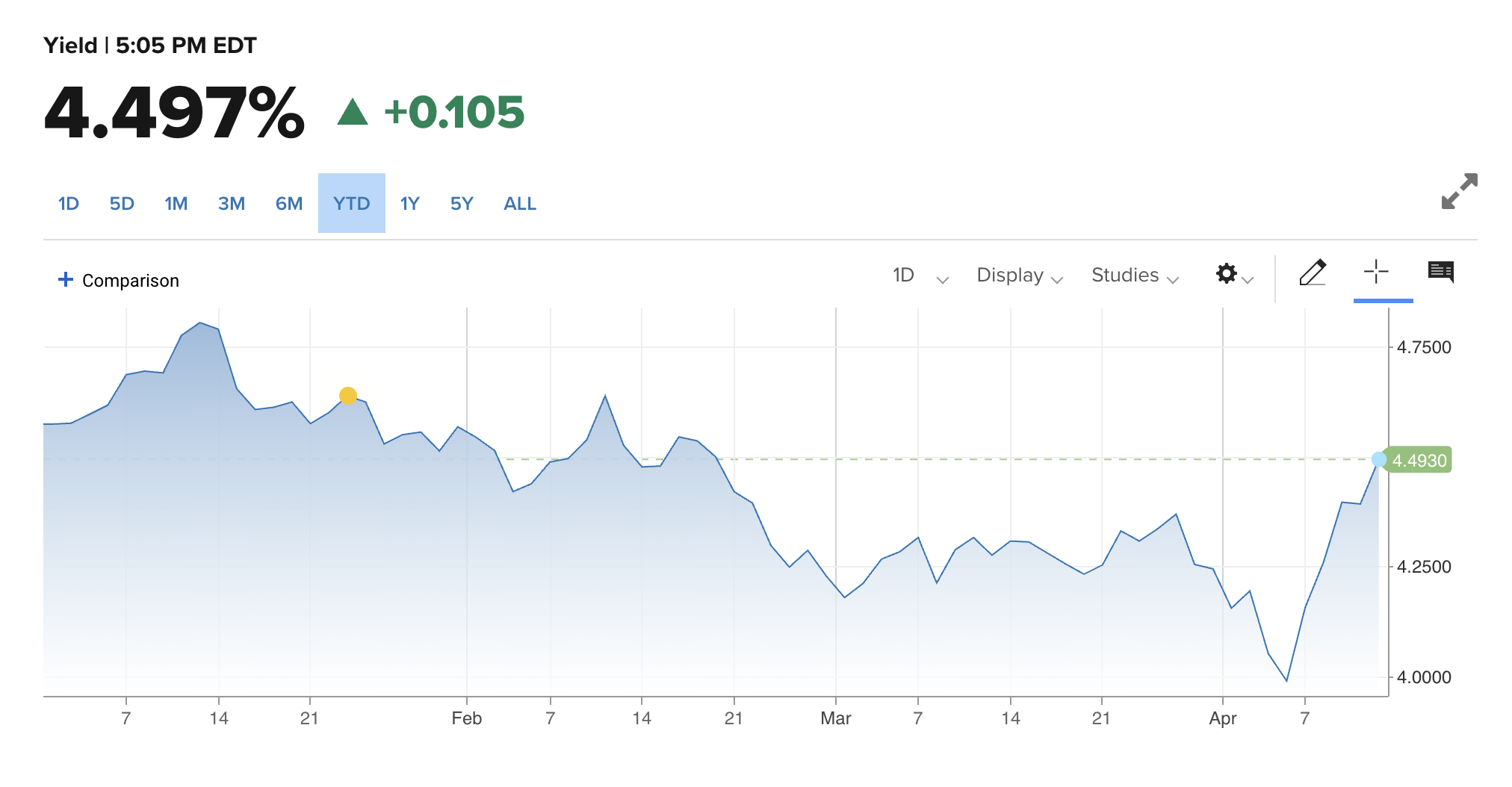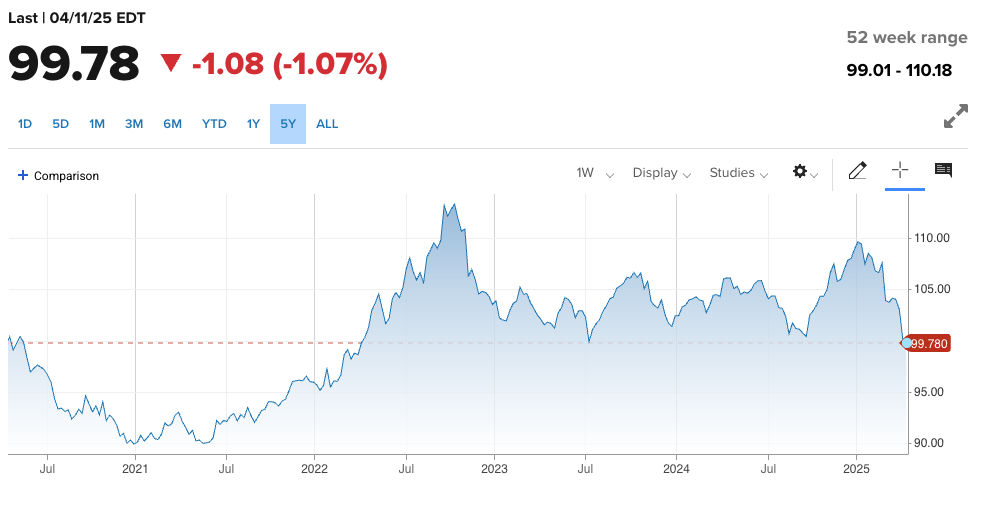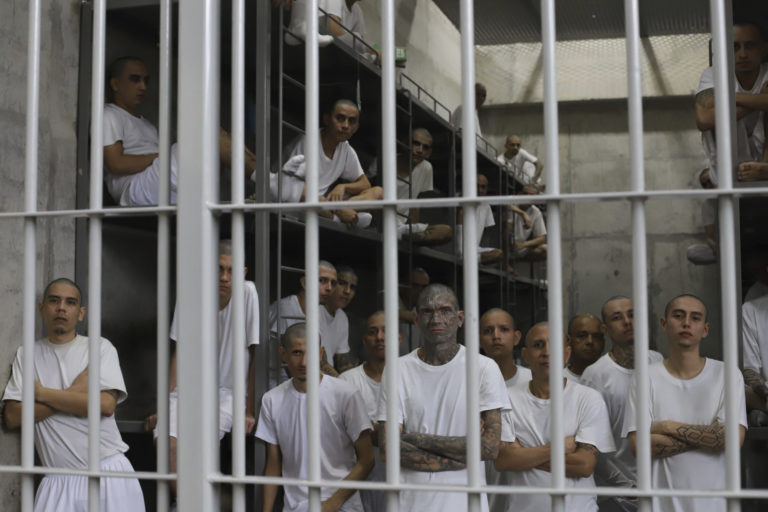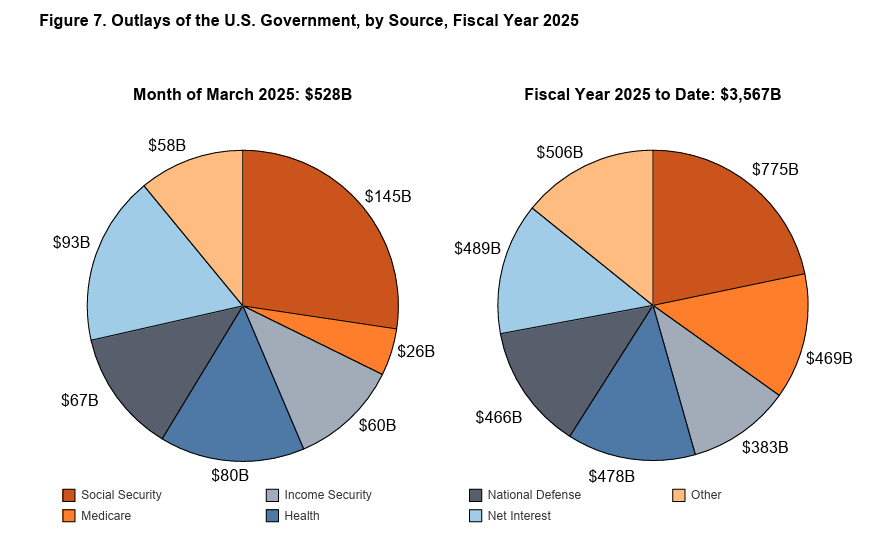(José Niño, Headline USA) Sen. John Fetterman, D-PA, is facing backlash from progressive and small-dollar donors over his increasingly pro-Israel and right-leaning positions since the Oct. 7, 2023, Hamas attack
According to a report by The Intercept, Darwin Leuba, who serves as vice-chair of the O’Hara Township Democratic Committee and has been the township’s elected auditor since 2017, requested a $5 donation refund last month.
“It seems silly, right? It’s just five bucks, but it serves as a proof of concept for those who gave much more,” Leuba said to The Intercept,. “Our rights are being stripped away, and we need representatives who care enough to fight for us.”
“Fetterman’s either fighting for our rights, or he’s not. And if he’s not, then we need to push back,” Leuba added, “even if it’s five bucks at a time.”
Since 2021, the Fetterman campaign has processed over 1,700 refund requests from more than 1,000 individual donors, amounting to upwards of $780,800, Federal Election Commission records show. More than 200 of those refunds occurred in the last election cycle, with at least seven PACs also receiving money back.
The bulk of refunds issued by Fetterman’s campaign after October 7 came from small-dollar donors. In 2024, over 80 percent of all refunds were to individuals who contributed less than $100—a noticeable 8 percent increase from 2023.
Throughout 2024, the campaign processed more than 120 refunds totaling $17,400, compared to 96 refunds totaling $17,600 in 2023.
Despite the growing number of requests, refunds still account for only a fraction of the campaign’s total fundraising.
Following the October 7 attacks, 62 donors were refunded a combined $20,300 across 139 contributions—representing less than 1 percent of total individual contributions for that cycle.
Given that the post-October 7 period spans roughly two-thirds of Fetterman’s tenure in office, the increase in refund activity during this time reflects mounting discontent among his original base.
That discontent has grown louder as Fetterman has moved further to the right. Many small-dollar donors began distancing themselves after October 7, particularly in response to his support for Republican-backed initiatives like the Laken Riley Act and the confirmation of Attorney General Pam Bondi.
While grassroots donors have expressed frustration and requested refunds, Republican donors appear to be moving in the opposite direction — stepping up their contributions to Fetterman since the October 7 attacks, according to previous reporting by The Intercept.
“It’s been clear for a while that he’s been moving further to the right, which is why I quietly requested a refund months ago,” Leuba continued noting about Fetterman’s pivot to the Right. “I posted it publicly because he didn’t fight back on the government funding bill and was attacking other Democrats for voting against it. That came off as selfish and counterproductive.”
Several Reddit users commenting on a thread about Darwin Leuba’s refund request said they intended to follow suit, expressing similar dissatisfaction with Fetterman’s political shift. “I just emailed in my refund request. I don’t expect anything to come of it, but $40 is $40,” one user revealed last month.
Adding to the controversy, Fetterman was slated to appear last month alongside Sen. Dave McCormick, R-PA. — a former political rival he harshly criticized during the 2022 and 2024 campaigns.
A planned joint appearance at a youth mentorship event would have marked their first public collaboration. However, the event was ultimately canceled following public protests.
Since 2023, Fetterman’s office has experienced a wave of staff resignations. Three top communications staffers resigned within a single month last spring, and the office has cycled through three communications directors in just over two years.
As of February, following the departure of Charlie Hills, the role remained unfilled, according to LegiStorm.
In total, six staffers have exited since 2023, with several reportedly leaving due to frustrations over Fetterman’s sole focus on Israel.
Fetterman campaigned on a progressive platform—supporting workers, immigrants, and criminal justice reform.
But since the October 7 attacks and his increasingly close ties to the American Israel Public Affairs Committee (AIPAC) and Israeli Prime Minister Benjamin Netanyahu, much of his office’s attention has shifted away from those original priorities, according to sources familiar with the office.
As donors walk away and staffers resign, Fetterman’s pivot toward establishment politics could leave him with fewer friends on both sides of the aisle.
José Niño is the deputy editor of Headline USA. Follow him at x.com/JoseAlNino

